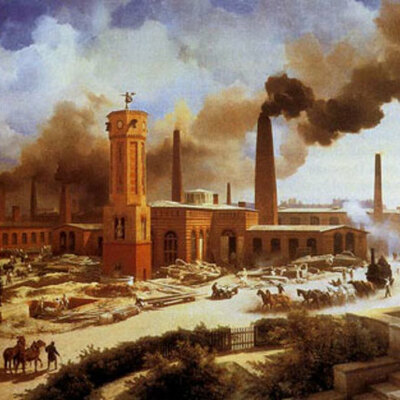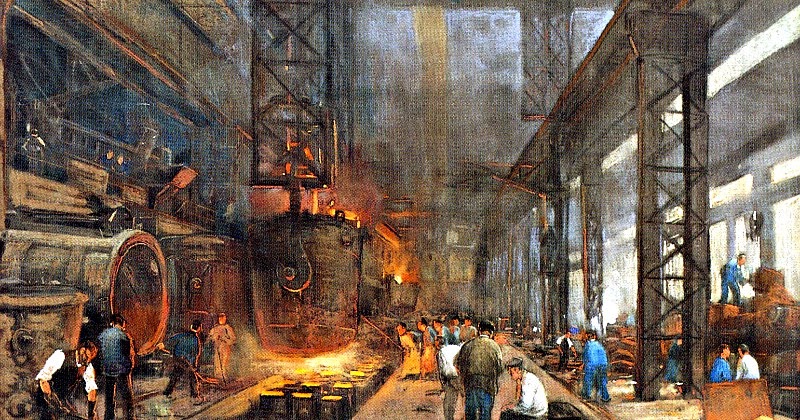
EVOLUTION OF THE SECTOR
Its development can be described through several key phases, starting from pre-industrialization to the modern era of automation and digitalization.



CHRONOLOGY
Pre-industrialization (Up to the 18th century)
In this phase, industrial activity was primarily artisanal, with the production of goods carried out manually or with simple tools. Manufacturing was conducted in small units or workshops, and production was on a small scale. The economy was mostly dominated by agriculture, and the secondary sector was closely linked to local needs.
Industrial Revolution (Late 18th century to early 20th century)
The first Industrial Revolution began in Britain in the late 18th century and spread to Europe and North America during the 19th century. This period was characterized by the introduction of the steam engine, which allowed for the mechanization of production and the creation of factories. Mass production and labor specialization became the norm, radically transforming economies and societies. The second Industrial Revolution, in the late 19th century, introduced new technologies such as electricity and the internal combustion engine, further boosting industrialization and the expansion of the secondary sector.
Post-war and Post-war Boom (Mid-20th century)
After World War II, the world experienced a significant period of economic growth. Reconstruction and the development of new industries, driven by technological innovations and the expansion of global trade, led to an increase in industrial production and efficiency. During this time, sectors such as automotive, chemical, and electronics were developed and expanded.
Globalization and Transition to the Third Industrial Revolution (Late 20th century)
Economic globalization, along with advances in information and communication technology (ICT), marked the beginning of the Third Industrial Revolution. Production began to relocate to countries with cheaper labor, transforming the global manufacturing map. Automation and robotics started to play a crucial role in industrial production, increasing efficiency and reducing the need for manual labor.
Information Age and Fourth Industrial Revolution (21st century)
The current phase of the secondary sector’s evolution is dominated by digitalization, artificial intelligence, the Internet of Things (IoT), and other advanced technologies. These innovations are leading to the creation of smart and flexible production systems, additive manufacturing (3D printing), and the integration of services and production into what has been termed Industry 4.0. These changes promise greater product customization, energy efficiency, and sustainability.